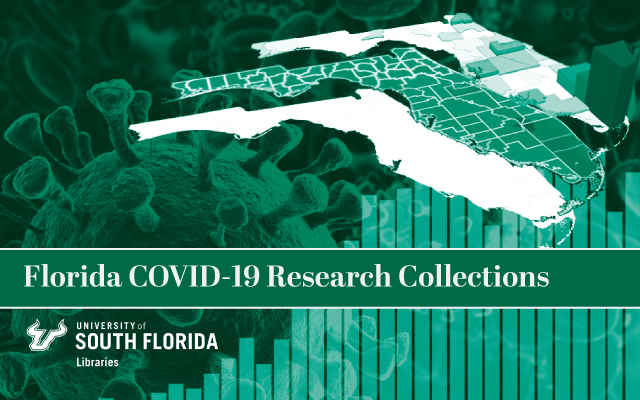
All publications
Document Type
Article
Publication Date
2020
DOI
https://doi.org/10.1557/adv.2020.402
Abstract
State-of-the-art nanopore sequencing enables rapid and real-time identification of novel pathogens, which has wide application in various research areas and is an emerging diagnostic tool for infectious diseases including COVID-19. Nanopore translocation enables de novo sequencing with long reads (> 10 kb) of novel genomes, which has advantages over existing short-read sequencing technologies. Biological nanopore sequencing has already achieved success as a technology platform but it is sensitive to empirical factors such as pH and temperature. Alternatively, ångström- and nano-scale solid-state nanopores, especially those based on two-dimensional (2D) membranes, are promising next-generation technologies as they can surpass biological nanopores in the variety of membrane materials, ease of defining pore morphology, higher nucleotide detection sensitivity, and facilitation of novel and hybrid sequencing modalities. Since the discovery of graphene, atomically-thin 2D materials have shown immense potential for the fabrication of nanopores with well-defined geometry, rendering them viable candidates for nanopore sequencing membranes. Here, we review recent progress and future development trends of 2D materials and their ångström- and nano-scale pore-based nucleic acid (NA) sequencing including fabrication techniques and current and emerging sequencing modalities. In addition, we discuss the current challenges of translocation-based nanopore sequencing and provide an outlook on promising future research directions.
Rights Information

This work is licensed under a Creative Commons Attribution 4.0 License.
Citation / Publisher Attribution
MRS Advances, v. 5, p. 2889-2906
Scholar Commons Citation
Shepherd, Britney A.; Tanjil, Md Rubayat-E; Jeong, Yunjo; Baloğlu, Bilgenur; Liao, Jingqiu; and Wang, Michael Cai, "Ångström- and Nano-scale Pore-Based Nucleic Acid Sequencing of Current and Emergent Pathogens" (2020). All publications. 112.
https://digitalcommons.usf.edu/usf_fcrc_all/112

